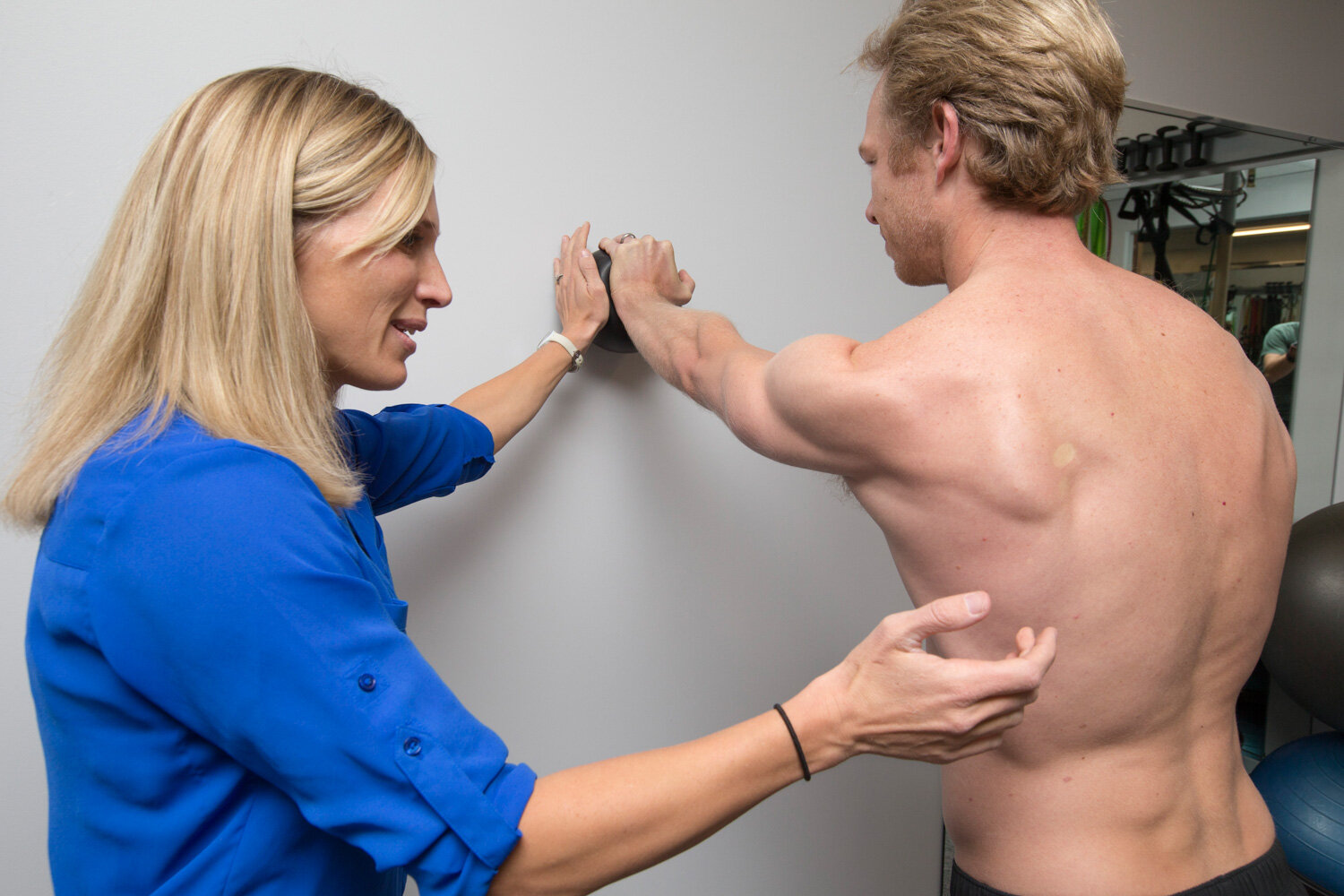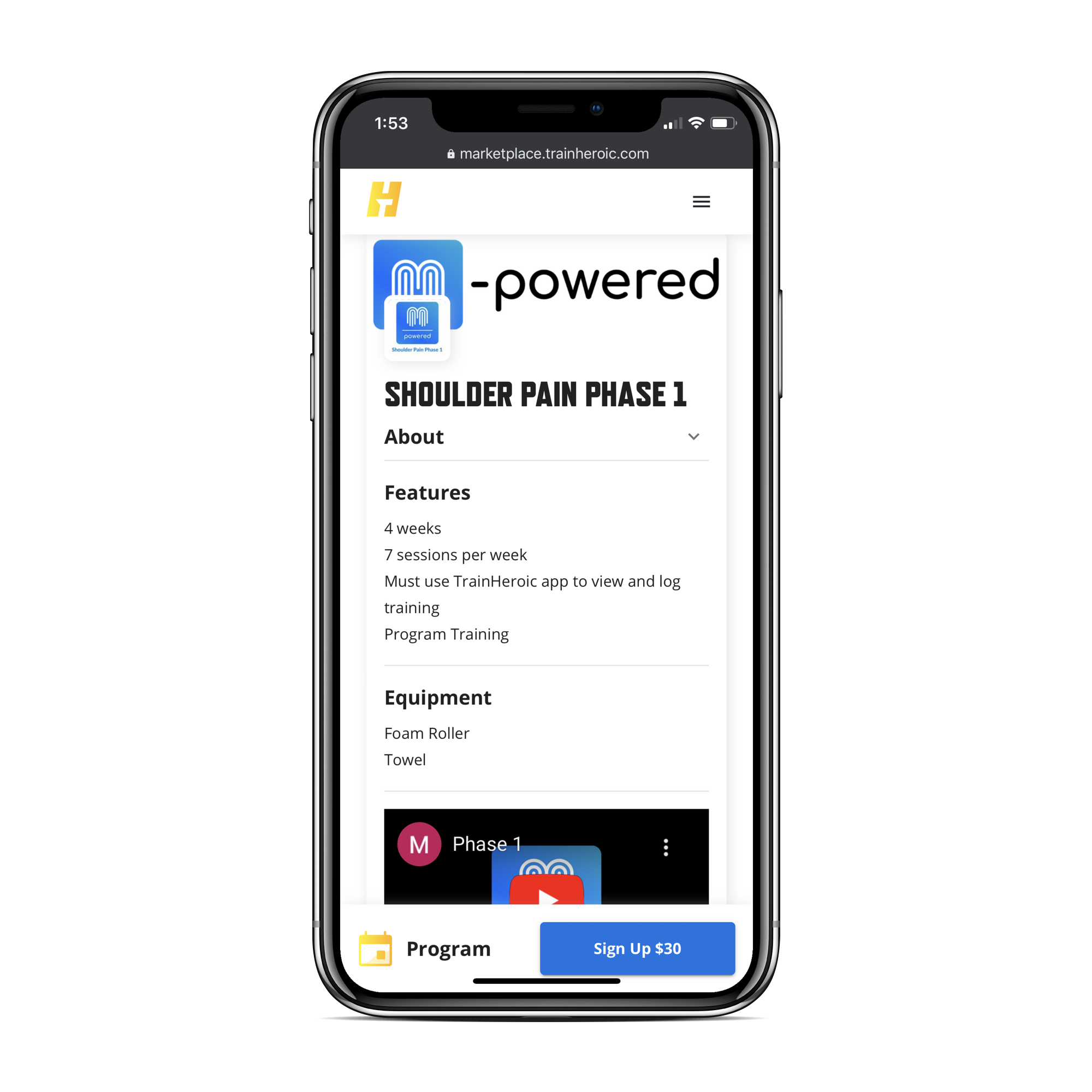Patients often receive exercise handouts from physicians when initially presenting with musculoskeletal pain. The idea behind the handout makes sense on the surface, a low cost treatment option which may help a patient’s symptoms. Unfortunately, these handouts (often photocopied to death) lack specificity including providing the right handout to the right patient, as well as, providing the right exercise prescription for the right clinical presentation. Without a thorough clinical examination of the patient these handouts miss their mark prolonging a patient’s recovery until they can receive an appropriate exercise prescription from a Physical Therapist. Prior research has shown Physical Therapist led exercise programs to be superior to handouts and a new research study shines further light on the decision making process for patients with shoulder pain.
A large randomized controlled trial on patients with subacromial impingement syndrome was published in the British Journal of Sports Medicine (Roddy et al. 2020). Authors randomized over 250 patients to either
Ultrasound guided corticosteroid injection and Physical Therapist led rehabilitation
Ultrasound guided corticosteroid injection and an exercise handout
Unguided corticosteroid injection and Physical Therapist led rehabilitation
Unguided corticosteroid injection and an exercise handout
Each patient’s pain and disability was compared at both 6 and 12 month timeframes to determine the relative impact of group allocation. Interestingly, there was no significant differences at any time point between guided and unguided steroid injections into the shoulder. Authors reported improved pain and function among patients treated with Physical Therapist supervised exercise programs compared to their peers who received an exercise handout. This study adds additional information on the short sited approach of one size fits all for exercise prescription. Conversely, patients should be provided more specific programs tailored to meet their individual clinical presentation and goals for recovery.
Click Here
Top Shoulder Exercises Tailored To Your Symptoms


